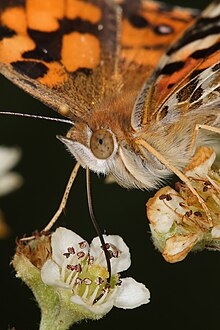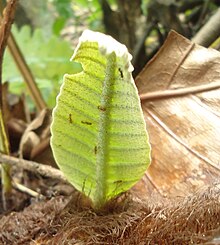Nectar
Sugar-rich liquid produced by many flowering plants that attracts pollinators and insectsNectar is a viscous, sugar-rich liquid produced by plants in glands called nectaries, either within the flowers with which it attracts pollinating animals, or by extrafloral nectaries, which provide a nutrient source to animal mutualists, which in turn provide herbivore protection. Common nectar-consuming pollinators include mosquitoes, hoverflies, wasps, bees, butterflies and moths, hummingbirds, honeyeaters and bats. Nectar is an economically important substance as it is the sugar source for honey. It is also useful in agriculture and horticulture because the adult stages of some predatory insects feed on nectar. For example, a number of predacious or parasitoid wasps rely on nectar as a primary food source. In turn, these wasps then hunt agricultural pest insects as food for their young.








